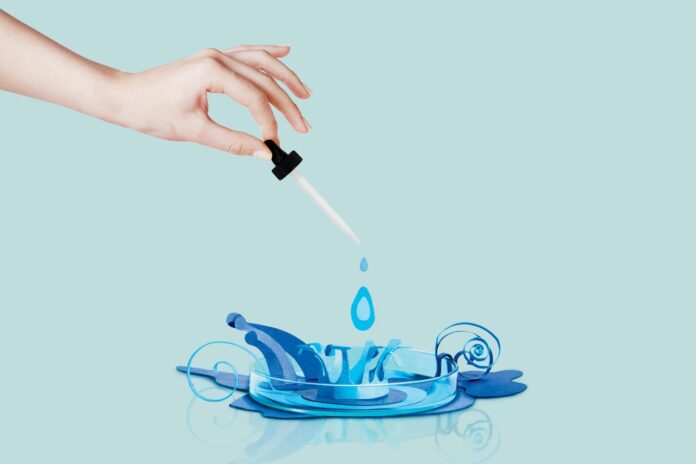In order to be healthy, you’ll need to make sure that you’re drinking enough water each day. Though it will depend on your age and sex, it’s generally recommended that you’ll need to drink between two to three liters of water each day. However, it’s important to make sure that your water is safe. As a result, many people want to find a way of testing their water. There are plenty of ways to perform an effective test in your home, without a kit. Let’s look at how to do this, and why it’s an important skill to develop.
1. Why Is Testing Water Important?

Before you consume anything, you must make sure that it’s safe. In most government areas, tap water is strictly controlled (for instance, here’s the list of primary regulations), to make sure that it’s safe to drink. Despite this, there might be some hidden health dangers. For example, a pipe might have rusted, causing tiny metal fragments in the water. It’s also possible that mining activity could disrupt local water supply. It’s also possible that you might obtain your water from a private source, like a dam, well, or a water tank. These can sometimes be contaminated due to natural sources, like an animal falling down the well.
The best way to protect your family, and make sure that the water you’re drinking is safe, is testing it frequently. This will let you spot potential issues quickly before they turn into major health problems. Because of this, you might want to test your water frequently. It’s usually recommended that you test it seasonally. If you are getting your water from a private source, make sure to check at the tap and at the source.
2. Testing The pH level
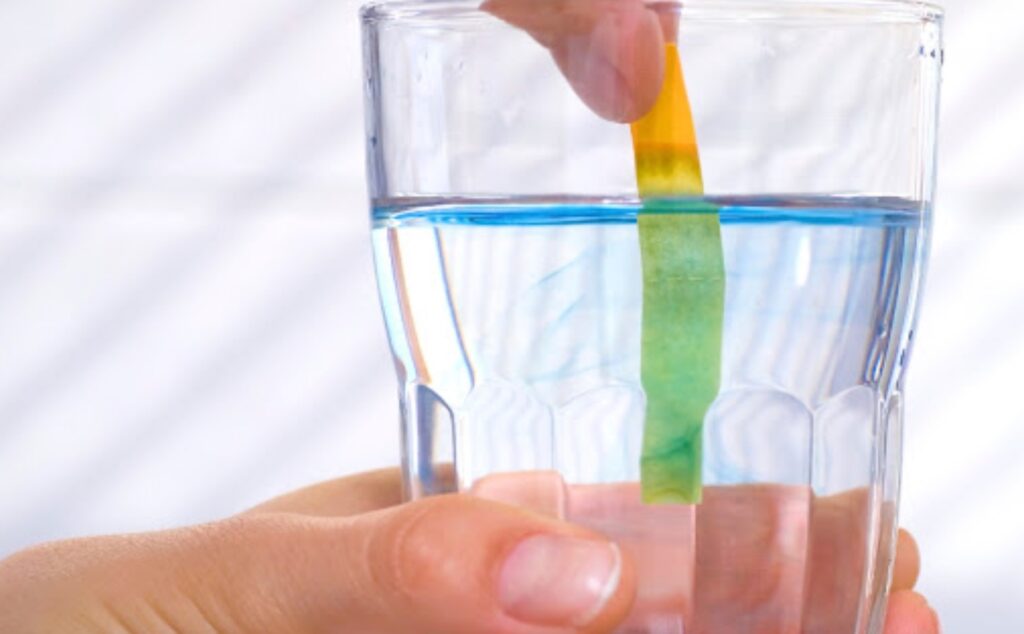
One of the most important tests to undertake is the pH test. This will tell you how basic or acidic the water is. There are two ways that you can perform this test. If you want to, you can get a pH strip. This will be available from most pool supply stores. If you get a strip, place some water in a shallow dish, then place the pH into the dish. After a few minutes remove it and leave it to dry. It will then change colors, indicating the pH of the water.
If you don’t want to use a pH strip, you might be able to use red cabbage. This has a pigment that is sensitive to changes in pH levels. In this case, cut up the cabbage then pour the water over the cabbage. You should notice the color starts to change. If it turns red, the water is acidic. If it turns green, it’s basic. If neutral, it will stay purple.
During these tests, you want to make sure that your water is neutral, pH 7. If above 8.5, it can start to produce a bitter taste. If below 6.5, the water is dangerous acidic, with a risk that it could contain contaminants like lead.
3. Examine The Water
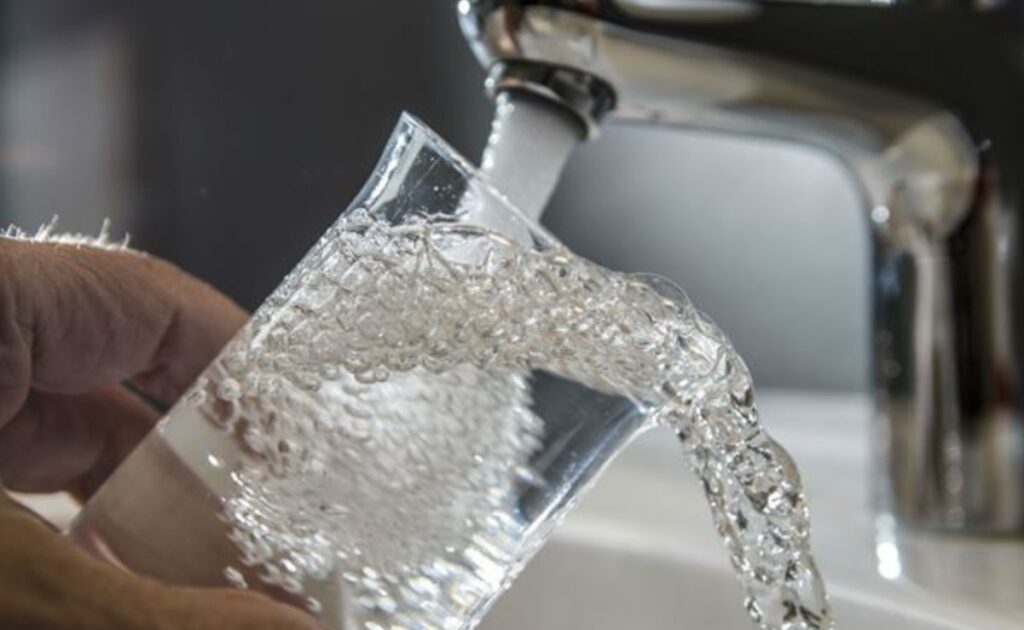
Another way to test your water is by pouring it into a clear glass and holding it up to the light. This will let you see any particulates in the water. These will be small objects floating through the water, which can make it appear cloudy. When you see this, it’s likely that the water won’t be safe to drink. For example, too many red floating particles can be a sign that there is rust in the water.
4. Smell The Water
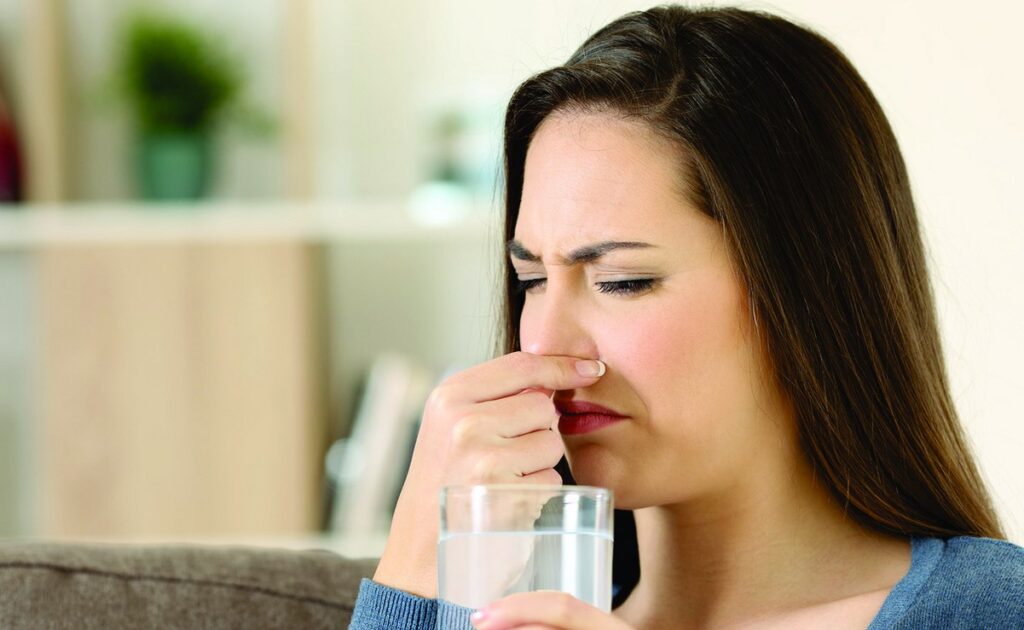
Another useful test can be to smell the water. If there is nothing wrong, water shouldn’t have a strong odor. In some cases, though, you might detect an unusual smell. There are a few different options, which might determine whether it’s dangerous to drink or not. For example, if you smell bleach, it might be because the drinking water contains fluoride. If this is the case, you shouldn’t be able to smell it after leaving it to sit for a few minutes and the smell should fade. In most cases, fluoride is harmless, added to the water to improve your dental health. If you want, you can purchase a filter, to remove it from your drinking water.
However, if you can smell rotten eggs or dirt it might be a sign of a more significant problem. In this case, it might mean that there are bacteria in the water, or represent the possibility that there’s organic matter decaying in the water.
5. What To Do If You Suspect A Problem With The Water?
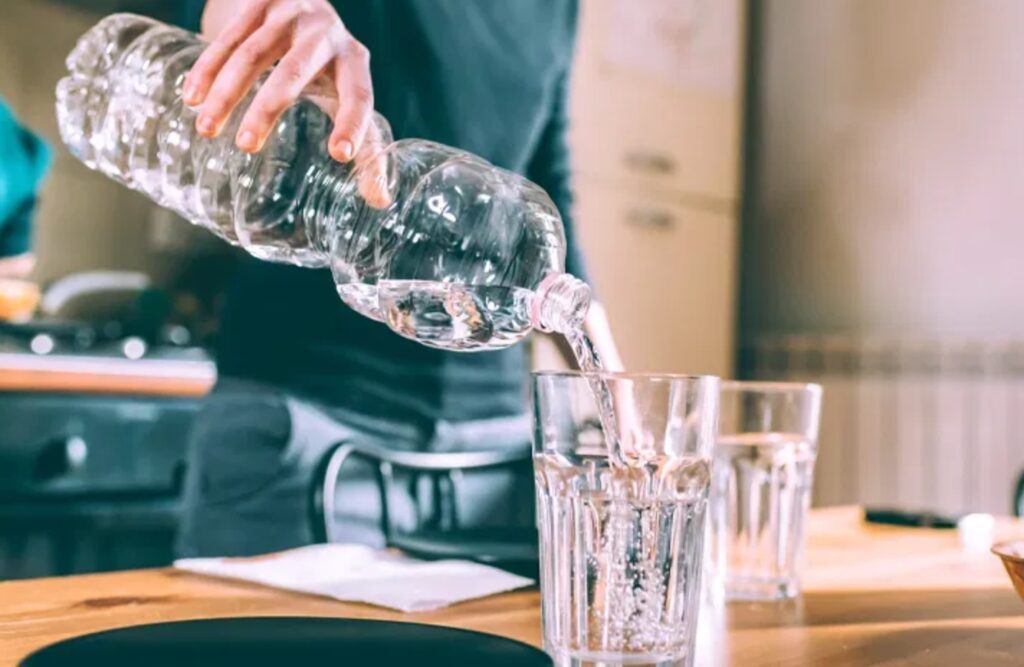
If, after performing these tests, you feel there might be a problem with your drinking water, there are a few things that you should do. First, if you’re getting council water, contact your local government and ask for more information. In most cases, they will be willing to send someone out to perform further tests and help you solve the problem. If you’re using a private water source, you might want to contact further testing yourself to see if you can identify what the problem is and how you can address it.
In the meantime, you should try to filter the water as much as possible. This will get rid of most of the harmful substances, making the water safe to drink. As an extra layer of protection, you can boil the water before you drink it. This will kill any harmful bacteria that might be present. You can also opt to drink bottled water until the problem is fixed.
Conclusion
Knowing that your water is safe to drink is essential. The best way to do this is regular testing. Though you can test it yourself, you’ll be able to get more accurate results if you purchase a testing kit. In this area, there are many different options on the market. Because of this, it can be hard to know what option to purchase so be sure to read some tips and reviews before choosing one.
So, now you’ll be able to make sure that your water is safe to drink.

